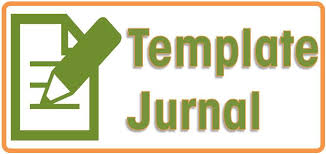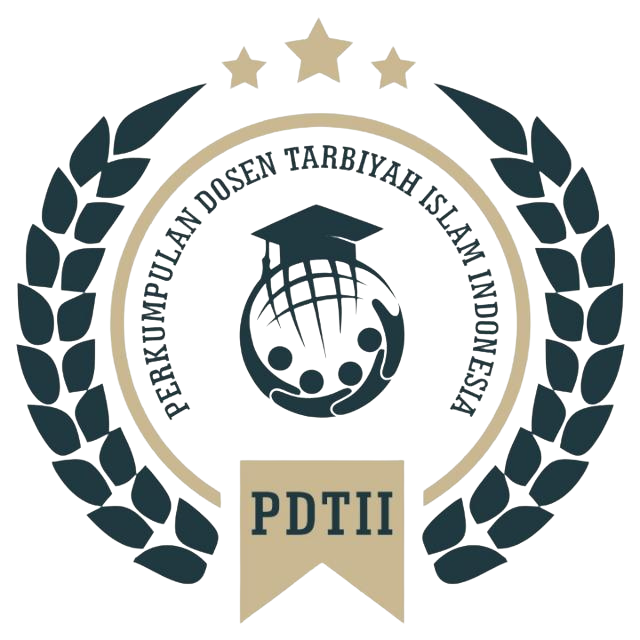THE ROLE OF ETNOSCENCE-BASED LEARNING IN IMPROVING LOCAL KNOWLEDGE OF ELEMENTARY CHILDREN
Keywords:
Etnosains, Local Knowledge, Primary Age ChildrenAbstract
Ethnoscience is a learning design that integrates science with local culture. When viewed from the facts on the ground, students' interest in studying science is very low, as is their knowledge of local cultures. The results of the PISA (Program for International Student Assessment) study show that on average Indonesian students have scientific literacy which is decreasing from year to year, which is 393 in 2006, 383 in 2009, and in 2012 it is 382. This study aims to describe the role of ethnoscience learning in increasing local knowledge of elementary age children. This research method uses a qualitative approach to the type of literature study. The data sources used are taken from journals and books published in the last 10 years. The results of this study indicate that learning that utilizes local wisdom as a source of learning can increase students' scientific knowledge and Local Knowledge. Local Knowledge development in learning can be done through the preparation of lesson plans, media, teaching materials, methods and models based on ethnoscience. Based on the discussion of the results and research findings, it can be concluded that every learning using media, teaching materials, methods and models based on ethnoscience can increase the Local Knowledge of elementary age children and facilitate the teaching and learning process
Downloads
References
Hidayati, Deny. “Memudarnya Nilai Kearifan Lokal Masyarakat Dalam Pengelolaan Sumber Daya Air.” Jurnal Kependudukan Indonesia 11, no. 1 (2017): 39. https://doi.org/10.14203/jki.v11i1.36.
Khoiri, Ahmad, and Widha Sunarno. “Pendekatan Etnosains Dalam Tinjauan Fisafat.” SPEKTRA : Jurnal Kajian Pendidikan Sains 4, no. 2 (2018): 145. https://doi.org/10.32699/spektra.v4i2.55.
Masfufah, Febri Heni, and Ellianawati Ellianawati. “Peningkatan Literasi Sains Siswa Melalui Pendekatan Contextual Teaching And Learning (CTL) Bermuatan Etnosains.” Unnes Physics Education Journal Terakreditasi SINTA 9, no. 2 (2020): 129–38. http://journal.unnes.ac.id/sju/index.php/upej.
Mulyani, Fitri, and Nur Haliza. “Analisis Perkembangan Ilmu Pengetahuan Dan Teknologi ( Iptek ) Dalam Bidang Kesehatan.” Jurnal Ilmu Kedokteran Dan Kesehatan, 3 (2021): 101–9.
Njatrijani, Rinitami. “Kearifan Lokal Dalam Perspektif Budaya Kota Semarang.” Gema Keadilan 5, no. 1 (2018): 16–31. https://doi.org/10.14710/gk.2018.3580.
Nuralita, Aza. “Analisis Penerapan Model Pembelajaran Berbasis Etnosains Dalam Pembelajaran Tematik SD.” MIMBAR PGSD Undiksha 4, no. 1 (2020): 1–8.
Rian Ningsih Pramunita. “Pengembangan Buku Ajar IPA Berbasis Peta Pikiran Untuk Melatih Berpikir Kreatif Peserta Didik Di Sekolah Dasar.” Jurnal Riset Madrasah Ibtidaiyah (JURMIA) 1, no. 1 (2021): 40–47. https://doi.org/10.32665/jurmia.v1i1.196.
Rosyadi, Rosyadi. “Sistem Pengetahuan Lokal Masyarakat Cidaun – Cianjur Selatan Sebagai Wujud Adaptasi Budaya.” Patanjala : Jurnal Penelitian Sejarah Dan Budaya 6, no. 3 (2014): 431. https://doi.org/10.30959/ptj.v6i3.173.
Sudarmin. “Pendidikan Karakter, Etnosains Dan Kearifan Lokal.” Fakultas Matematika Dan Ilmu Pengetahun Alam, UNNES, 2014, 1–139. http://lib.unnes.ac.id/27040/1/cover_PENDIDIKAN_KARAKTER_SUDARMIN.pdf.
Utami Dian Pertiwi, Umni Yatti Rusyda Firdausi. “UPAYA MENINGKATKAN LITERASI SAINS MELALUI PEMBELAJARAN BERBASIS ETNOSAINS.” Indonesian Journal of Natural Science Education (IJNSE) 2, no. 1 (2019): 120.
Wahyu, Yuliana. “Pembelajaran Berbasis Etnosains Di Sekolah Dasar.” Jurnal Inovasi Pendidikan Dasar 1, no. 2 (2017): 140–47.
Wijayanti, Dian Marta, Farid Ahmadi, and S Sarwi. “Keefektifan Mobile Learning Media Bermuatan Ethnoscience Terhadap Hasil Belajar Siswa Sekolah Dasar.” MODELING: Jurnal Program Studi PGMI 6, no. 2 (2019): 129–36. https://doi.org/10.36835/modeling.v6i2.463.
Winarti, Atiek, Almubarak, and Khairiatul Muna. “Modul Ajar Inovasi Pembelajaran Kimia Berbasis Etnosains,” 2018, 1–245. -.







